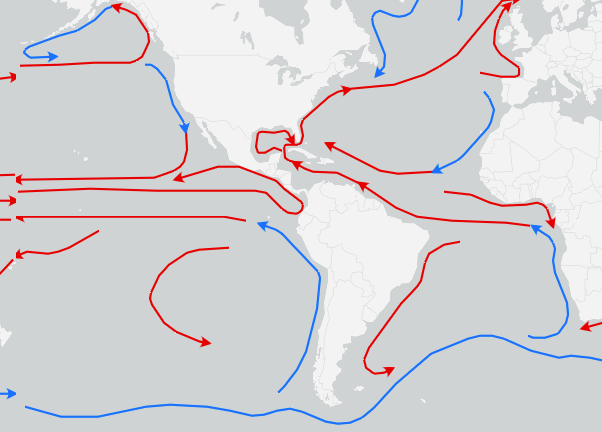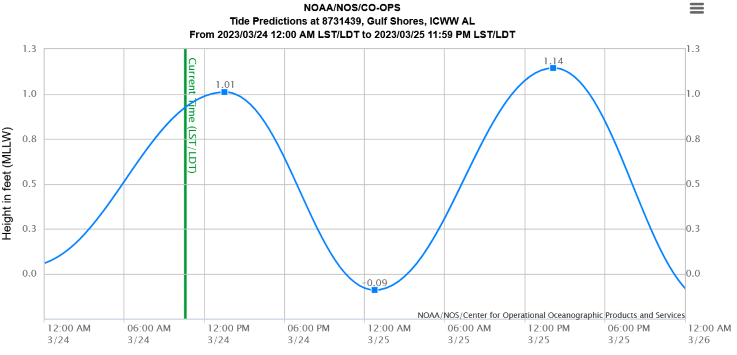
How to Paddle Board Against the Current: The Complete Guide
Paddling into a current can be one of the most challenging — and rewarding — experiences in stand up paddleboarding. Whether you're exploring a slow-moving river or dealing with tidal flow, knowing how to work with the water (not against it) is essential.
Paddling into a current can be one of the most challenging — and rewarding — experiences in stand up paddle boarding. Whether you're exploring a slow-moving river or dealing with tidal flow, knowing how to work with the water (not against it) is essential.
Here’s your complete, no-nonsense guide to paddling against the current with confidence, efficiency, and safety.

Understand the Current First
Before you hit the water, take a moment to assess the environment. River and tidal currents can vary widely by time of day, wind, and season.
-
Check flow rates: If you're paddling on a river, check online resources like USGS stream gauges for current flow speed.
-
Tide charts matter: For coastal paddlers, tides can create powerful currents — especially in narrow inlets. Paddle during slack tide (the window around high or low tide when water movement is minimal) if you're unsure.
-
Observe the water: Look for signs of current: swirling eddies, floating debris, or the direction boats are drifting.

Improve Your Technique
Paddling against a current is more about technique than strength. Use these tips to move efficiently:
1. Use a Low-Stance for Power
Bend your knees slightly and lower your center of gravity. This gives you more control and lets you generate stronger paddle strokes.
2. Short, Quick Strokes
Long, sweeping strokes waste energy. Instead, focus on short, quick strokes that keep your momentum up.
3. Paddle Closer to the Board
Keep your paddle vertical and close to the rail of your board. This minimizes side-to-side motion and maximizes forward power.

Hug the Shoreline
In most rivers or tidal flows, the current is strongest in the middle. Stick close to the shoreline, where water moves more slowly and obstacles like overhanging branches can actually create current shadows.
Pick Landmarks to Track Progress
Paddling against a current can feel like you're going nowhere. Mentally break up your journey by picking visual landmarks — a tree, dock, or buoy — to gauge your movement and stay motivated.
Safety Tips When Paddling in Currents

-
Wear a leash and PFD: Always. Currents can knock you off quickly, and safety gear gives you a margin for error.
-
Avoid strainers and obstacles: These are downed trees or branches in moving water that can trap paddlers — and they’re dangerous.
-
Never fight a current you're not prepared for: If it's beyond your ability, turn back or find another launch point.
Make it a One-Way Trip
Here’s a pro tip: Plan your route so you paddle against the current first, then ride the flow back to your starting point. You’ll save energy for the return and finish your session strong.
Bonus: Practice These Skills Before You Need Them
If you’re new to currents, find a calm area with some flow and practice turning, edging, and sprinting against mild resistance. Just like wind or waves, current paddling is a skill you build gradually — and it's one that pays off.
Eco Reminder: Paddle Responsibly
Avoid trampling delicate riverbanks and steer clear of spawning beds or nesting areas. Paddling smart also means paddling with care for the places you explore.
Final Thoughts
Paddling against a current doesn’t have to feel like a losing battle. With the right techniques, mindset, and preparation, it becomes an incredible workout and an even better way to master your SUP skills.

